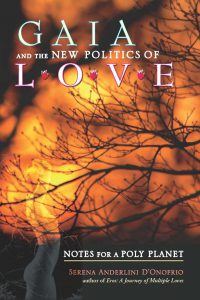The EcoSex course at U Conn is complete. It was a great experience. We spent time reading amazing books. And here we resume posts to be shared with you. Thinking out of the box and across disciplines. Students had been sending their responses in, with discussion questions. In class, we did connected the dots: a holograph of what we’ve read together, the “required readings.” Multiple perspectives and good synergy. Here, we offer a glimpse. Lisa Diamond’s Sexual Fluidity was one of two cultural-theory theory books. We got five responses: from Adam, Michael, Alissa, John, and Rhiann.
never realized the degree to which these studies had focused on male sexual orientation and excluded the experiences of women because they confounded the data. Similarly, I was also engaged by the books discussion of the genetics of sexual orientation and particularly the hormonal doses in utero and the effects these had. Given that all of this discussion was an application of epigenetics I found it to be particularly compelling from a scientific perspective because Diamond’s findings seemed to indicate there were a plethora of yet undiscovered interactions between which genes are activated by androgen hormones and what effect the over-expression or inactivation of these genes by differing levels of androgen have on the genetics of human sexuality. This early groundwork certainly helped direct me towards her subsequent research with curiosity and a more open mind, confident of its grounding in the biology underlying her research.
Do you agree with her general hypothesis regarding women’s sexuality being more fluid than males?
Namaste,













